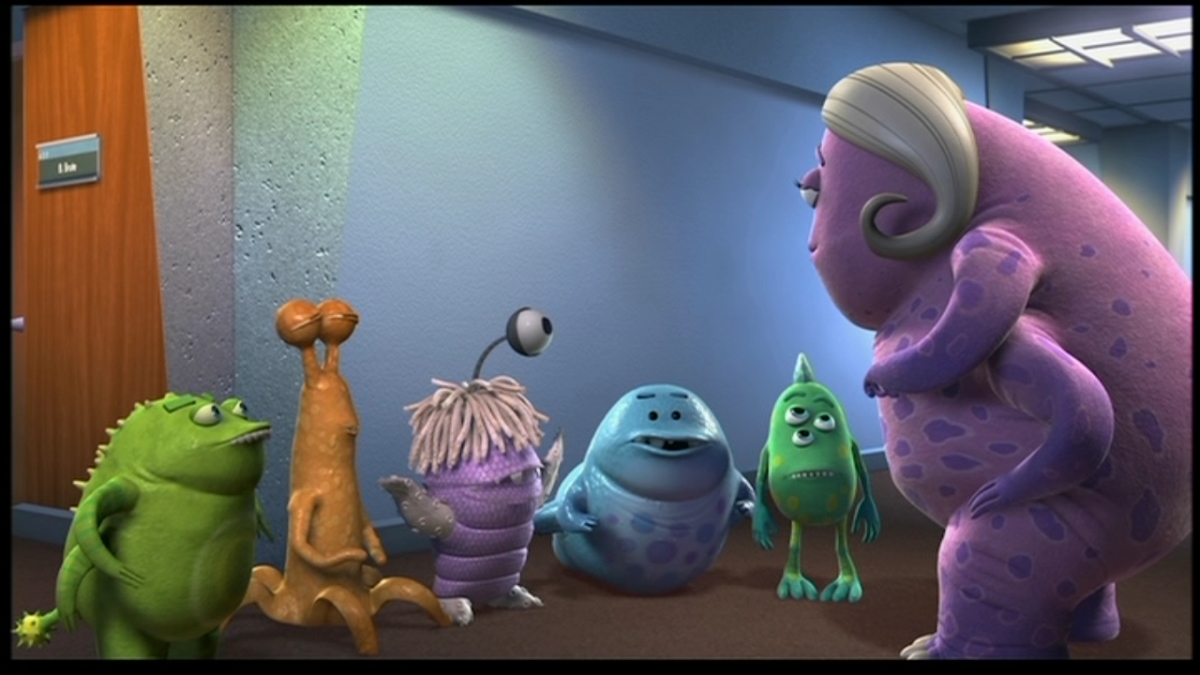Disney’s ‘Inside Out’ and childhood emotions
Inside Out characters teach children about emotions: Disney/Pixar
However, parents with children of special needs are discovering their children are having an exceptional positive reaction to the movie, where the intangible understanding of emotions have become tangible.
One of the biggest struggles parents say they have with their special needs children is dealing with emotions. Emotions are a struggle with every child, tween and teen but throw autism into the mix and the challenge is even greater.
This weekend Disney releases the movie, “Inside Out” and families like the Hollis’s in Temecula are excited. Paula Hollis is a mother of four children. Her 11-year old son Garrett Hollis has a high functioning form of autism and emotions have always been intangible for him – until now.
“This movie is great because we are working on emotions with Garrett. The characters he has seen on the movie trailers he can relate,” said Paula Hollis. “He gets frustrated when he doesn’t know how to express himself.”
Garrett Hollis told his mother that he is able to use the characters in the movie “Inside Out” as a reference to the emotions he is feeling and can explain what he is feeling to his family using the visual tools.
“Inside Out” is a about a girl named Riley (played by Amy Poehler) who is a happy, hockey-loving 11-year-old Midwestern girl, but her world turns upside-down when she and her parents move to San Francisco. Riley’s emotions — led by Joy — try to guide her through this difficult, life-changing event. However, the stress of the move brings Sadness to the forefront. When Joy and Sadness are inadvertently swept into the far reaches of Riley’s mind, the only emotions left in Headquarters are Anger, Fear and Disgust.
Garrett Hollis said the character Fear is the one he relates to the most. Fear is one of the five core emotions Riley the character sorts out in her mind. Fear’s (voice of Bill Hader) main job is to protect Riley and keep her safe. He is constantly on the lookout for potential disasters, and spends time evaluating the possible dangers, pitfalls and risk involved in Riley’s everyday activities. There are very few activities and events that Fear does not find to be dangerous and possibly fatal.
Disney Pixar is bringing to life through animation a way to understand feelings that both children and adults can visualize. Parents with children of all ages without or without special needs can use the movie, “Inside Out” to talk and discuss how feelings affects their everyday life and the relationships they have with others.
“Garrett is excited now that he can tell me what emotion he is feeling and it is helps me to understand my son,” said Paula Hollis.
But while Riley’s life is what gives her emotions purpose, filmmakers say that “Inside Out” is not really Riley’s story.
“It’s a very personal story about what it means to be a parent,” says producer Jonas Rivera. “As a parent, there are so many perfect moments when I wish I could make time stand still forever. But that is not right. That’s not our job. Our job is to be their guides.”
The Hollis family has only seen the trailers and already the movie has become a fixture in their everyday family life from talking about the characters to repeating quotes from the movie.
“Congratulations San Francisco, you have ruined pizza,” has become a popular quote in the Hollis household. In the movie Riley wanted pizza and was filled with joy her mother would take her out to eat. However, her joy turned into anger when the San Francisco based restaurant served broccoli on her pizza.
Filmmakers did their homework, studying human emotion and how it evolves during adolescence. They interviewed psychologists and talked to other experts to understand how the mind works. So it was no accident that Joy and Sadness were the two emotions that went missing.
“It all lines up with being an adolescent,” says co-director Ronnie del Carmen. “Riley no longer feels happy—she can’t express empathy. It happens to a lot of kids her age.”
Some ideas to talk about feelings or emotions using the move “Inside Out” could sound like this, “Who was your favorite feeling in the movie?” “When have you felt joy?” “Can you remember a time you felt anger?”
This is also a great way for parents to share their personal stories of when they were a child and felt similar emotions during similar situations.
“Disney is giving our son another tool with this movie to use to in understanding and expressing his emotions,” said Paula Hollis.


